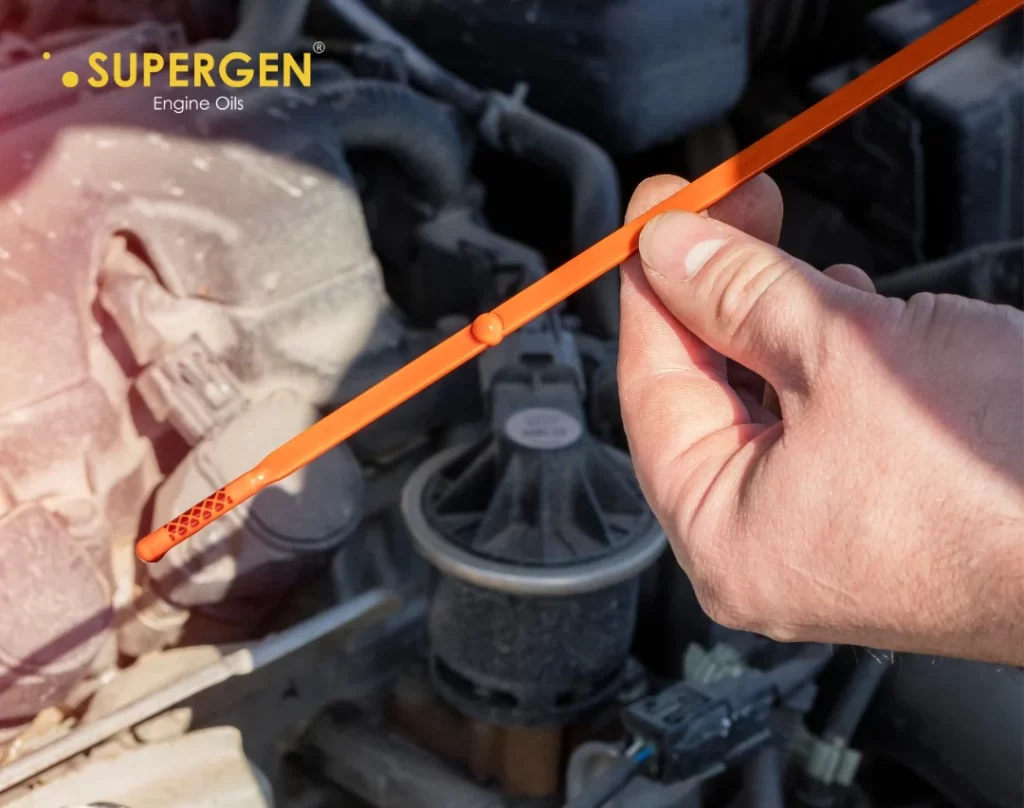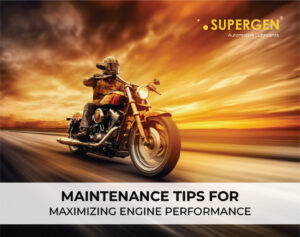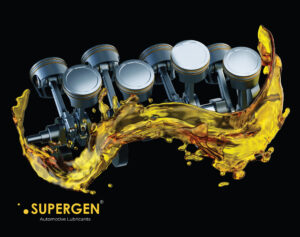If you overfill engine oil above and beyond the recommended level, it can lead to quite some damage. Excessive amount of engine oil in the crankcase of the engine can lead the crankcase to dip into the oil. This will further cause cavitation i.e. air will be introduced to the oil and the oil pump will start pumping air along with oil. Once this starts happening, there will be a loss in oil pressure and the volume of oil present in the engine will become dangerously low. This in turn can lead to damage to other parts of the engine and give rise to issues like spun bearings, seized pistons, and much more.
What are the effects of overfilling oil in the engine?
As mentioned before, overfilling your engine will introduce air into the oil and give rise to a number of issues. First of all, the oil pump will be rendered ineffective. This is because air is way more compressible as compared to oil and once cavitation happens, the oil pump will start to pump more air than oil. Furthermore, since air is now mixed with the engine oil, it will become frothy. Such frothy oil is not at all good for lubrication and can cause damage to the oil bearings of the turbocharger. The other main issue with overfilling is oil getting into places that it ideally should not be in. For instance, when the crankcase is too full of oil, it can spill into the ventilation or PVC system of the crankcase. Once oil starts leaking into the ventilation system, it can go into other parts of the engine too, such as the combustion chamber. Overall, overfilling of engine oil can have far-reaching effects as it can affect all other parts of the engine too.
How to measure engine oil level?
Measuring engine oil level in cars and bikes is very simple, and it is also necessary. Each vehicle requires a certain amount of engine oil to be able to function well. Before measuring oil levels, it is important to park your car or bike on a flat surface, on the main stand in case of bikes. Once the vehicle is stationary, let the oil cool for sometime and then open the engine to remove the dipstick. The dipstick is the inbuilt measuring device present on each vehicle, with markings on it to indicate optimum amounts of oil. Refer to the owner’s manual to locate the dipstick and understand the markings on it. Once the dipstick is removed, wipe off the oil marks on it with a clean cloth and reinsert the dipstick in the engine. After a few seconds, take it out again and check the oil level or oil marks on the stick to know how much engine oil you have in the engine. Ensure you have sufficient amounts of oil at all times and if it is too little, make sure you top up from time to time. It is important to keep checking oil levels regularly to avoid any damage from insufficient oil levels.
How much overfilling is permissible?
When filling the engine oil, it is important to refer to the owner’s manual and understand the engine oil capacity. Putting in too much or too little engine oil can cause significant damage to the engine and can even cause it to seize up completely. The dipstick in the engine generally has two marks, one on top and one at the bottom, to indicate the maximum and minimum amounts of engine oil to be filled. Ideally your oil level should be close to the maximum mark or at least above the halfway mark. However, a little bit of overfilling usually does not cause too much damage. If your oil levels are only a few millimetres above the maximum mark, then that should not be cause for too much worry. More oil than that should be drained as soon as possible.








